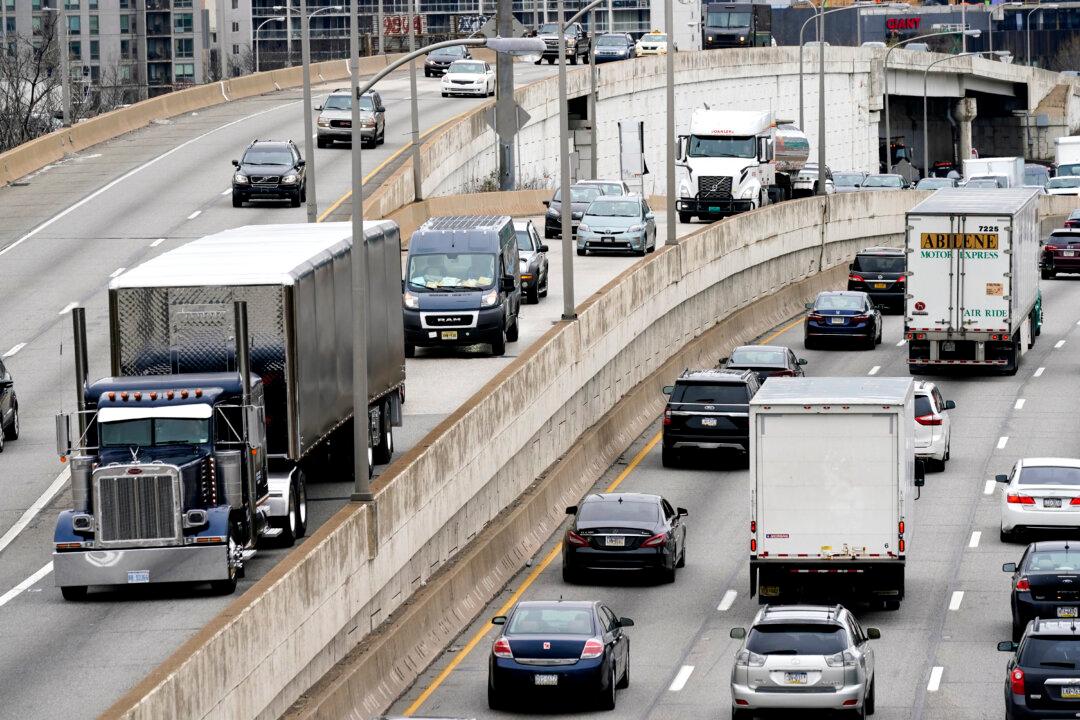The Biden administration announced on March 29 strict regulations for heavy-duty vehicles that would affect bus and freight truck models for 2027 until 2032, according to the Environmental Protection Agency (EPA).
The agency said this development will avoid up to 1 billion tons of greenhouse gas emissions over the next three decades and provide $13 billion in net benefits in the form of fewer hospital visits, lost work days, and deaths.





